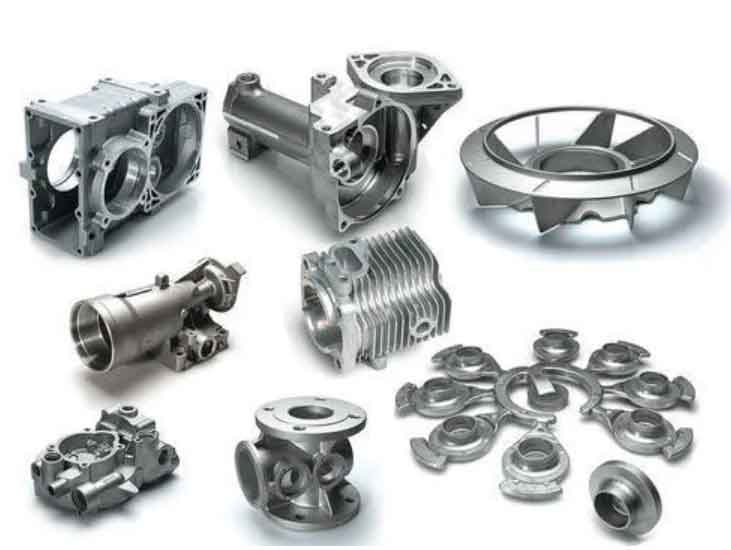
Gray cast iron is indeed a sustainable choice for green engineering due to several factors:
- Recyclability: Gray cast iron is highly recyclable, which contributes to a circular economy. Scrap cast iron can be melted down and reused to produce new components without compromising the material’s properties. This reduces the demand for virgin raw materials and minimizes waste.
- Longevity and Durability: Gray cast iron is known for its excellent durability and long service life. It can withstand harsh conditions, heavy loads, and high temperatures without significant degradation. This longevity reduces the need for frequent replacements and extends the lifespan of equipment and infrastructure, resulting in resource conservation.
- Energy Efficiency: The production of gray cast iron requires less energy compared to some other metals. Its low melting point and relatively low energy requirements during the casting process contribute to energy savings and reduced greenhouse gas emissions. Furthermore, the material’s high thermal conductivity allows for efficient heat dissipation, minimizing energy losses in applications where heat transfer is essential.
- Reduced Material Consumption: Gray cast iron’s strength and stiffness allow for the design of lightweight components without compromising performance. This characteristic reduces the amount of material required for a given application, resulting in material savings and lower environmental impact.
- Vibration Damping: Gray cast iron possesses excellent vibration damping properties, which is beneficial for applications where noise reduction and vibration control are important. By absorbing and dissipating vibrations, gray cast iron contributes to improved comfort, reduced noise pollution, and prolonged equipment life.
- Low Environmental Hazards: Gray cast iron is a non-toxic material and does not release harmful substances into the environment during its use or disposal. It does not pose significant risks to human health or ecosystems, making it a safe choice for various applications.
- Alternative to More Resource-Intensive Materials: Choosing gray cast iron over materials that require extensive mining, processing, or high-energy production processes can contribute to sustainable practices. By selecting gray cast iron for specific applications, engineers can reduce the environmental footprint associated with resource extraction and processing.
By considering the sustainability aspects of gray cast iron, engineers and designers can make conscious choices that align with green engineering principles. The material’s recyclability, durability, energy efficiency, and reduced environmental hazards make it an attractive option for sustainable and environmentally conscious applications.
